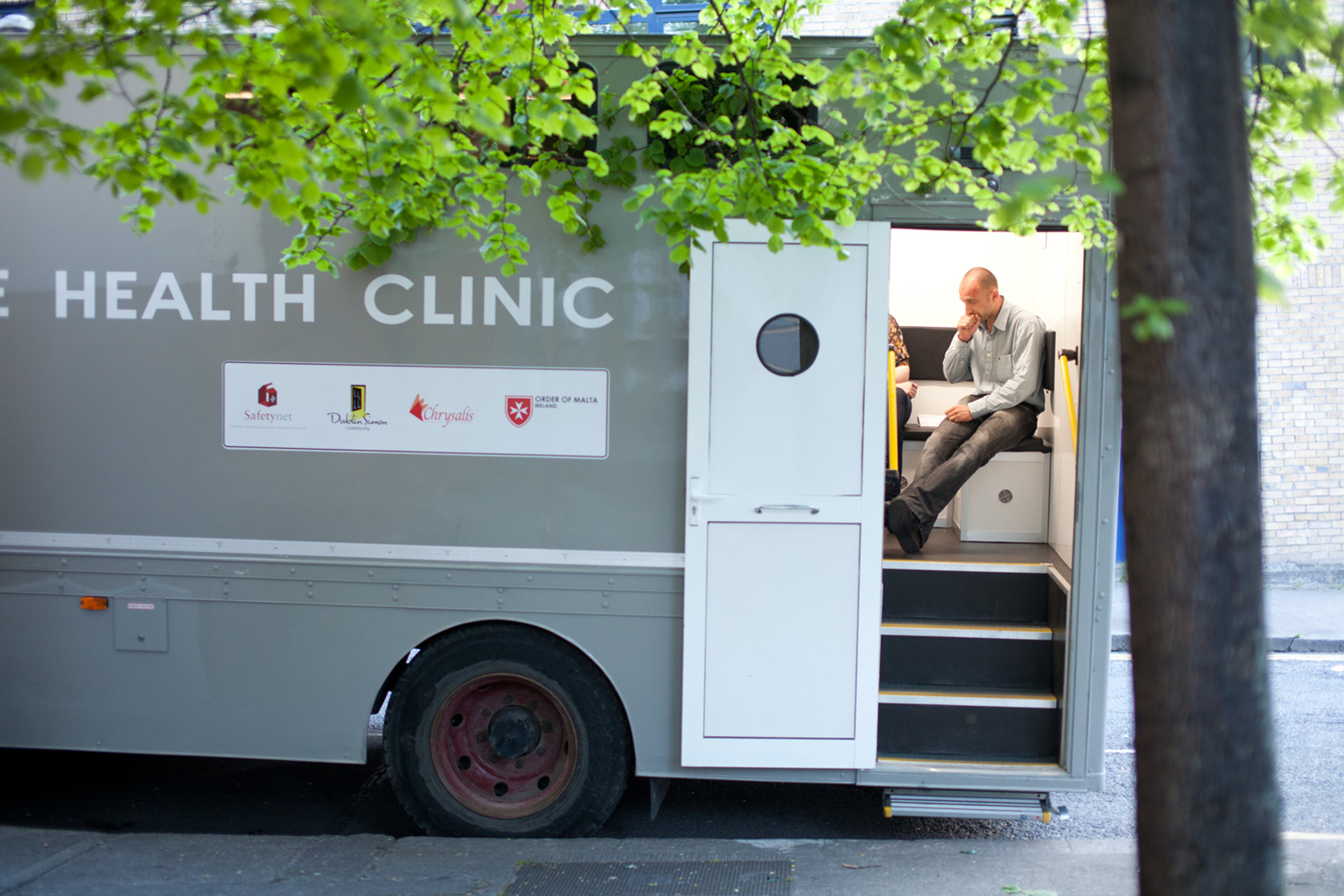Blog by Austin O Carroll
The Chinese understand the word crisis to mean danger with opportunity. A crisis can harness many responses, some of which can resolve in a short space of time what have been age-old problems. The issue of homelessness has dominated Irish media headlines for over a decade. It has also been a contributing factor in influencing the outcomes of Ireland’s recent General Election. Yet, in a period of four weeks, the dangers associated with the COVID-19 crisis have enabled the Housing and Health bodies and the voluntary agencies to work together with such clarity of vision and unity of purpose that it has resulted in bringing an end for now to single homelessness in Dublin.

First and foremost, there is now a strong homeless health team with good working relationships with public and voluntary bodies. This reflects significant advances since the early 2000s when there were only two nurses and no GPs specializing in working with homeless people in Dublin. The Irish Health Service Executive’s (HSE) Social Inclusion Directorate (HSE-SI) became responsible for ensuring that marginalized populations had equitable access to healthcare. They now fund Safetynet, launched in 2005 to develop Primary Care Services for homeless and other marginalized groups. Granby Merchants’ Quay (GMQ) was founded in 2009 to as a primary care and addiction service provider for homeless people. This has, in turn, instigated the launching of a number of homeless health services; sixteen drop-in and eleven weekly in-reach clinics for homeless people, six clinics for Roma people and one for undocumented migrants, a Mobile Health Unit for rough sleepers and a Mobile Health Screening Unit for marginalized groups. In 2018 a Step-Up, Step-Down Intermediate Care Centre for homeless people was established. Specific addiction services now exist for homeless people, including community opiate substitution treatment (OST), and community & residential benzodiazepine and alcohol detox and stabilization units. Finally, there are now Inclusion Medicine Teams in two inner city hospitals.
When the COVID-19 pandemic reached Ireland, it was immediately recognised that the very poor health profile of single homeless people would render them particularly vulnerable. Although representing less than 0.5% of the inner-city population, homeless persons account for 10% of Emergency Department attendances and hospital bed days. A rapid response driven by a unifying mission would thus be required. As a result, the HSE, the Dublin Regional Homeless Executive (DRHE) and the voluntary health and accommodation agencies worked together to develop a strategy to protect homeless people from the potentially devastating consequences of the pandemic. The HSE began by appointing a Clinical Lead for the Homeless COVID-19 response.
A proactive approach was adopted with issues of governance to be dealt with later. Safetynet began by setting up a mobile testing unit. The housing agency obtained apartments to facilitate the isolation of suspected and confirmed COVID-19 cases. Once in isolation, patients with opiate or benzodiazepine addictions were put on OST and/or a benzodiazepine maintenance programme. They were also supported by two harm-reduction agencies (Ana Liffey and Chrysalis Drug Projects). Safetynet is continuing to provide medical monitoring for those in isolation. Following advice from London colleagues, Professors Al Story and Andrew Hayward, ‘cocooning’ the most medically vulnerable was undertaken. A scoring system (1-6pts) based on age and morbidity was devised. The housing and voluntary agencies procured vacant Airbnb and hotel accommodation for this purpose and, over a period of ten days, all those who scored between 2-6 points were given their own room. All rough sleepers were offered accommodation; over 50% have taken up the offer and work is ongoing to bring the remainder on board. Finally, in an effort to reduce overcrowding and control the health risks associated with COVID-19, the housing agencies have transferred a number of people from private accommodation for homeless people into different properties. With these actions completed, all protocols, procedures and governance were documented.
The current situation?
- Older and, medically vulnerable, single homeless people are now accommodated in their own rooms.
- Overcrowding in hostels has been eradicated.
- The waiting time for OST has been reduced from approximately sixteen weeks to three days.
- Most rough sleepers have been offered accommodation and many have taken up the offer.
- To date, there have been fewer positives cases of COVID-19 than expected, no deaths and only two hospital admissions (since discharged).
- Local Emergency Department (ED) physicians have noted a marked reduction in homeless persons presenting to EDs and to hospital for non COVID-19 health related conditions since they were housed.
- Lastly, those accommodated in these new cocooning and isolation units are reportedly very happy. This has led to improved staff-client relationships.
What now?
The experience to date of the COVID-19 initiative for the homeless demonstrates that health and housing are inextricably linked. The challenge now is to capitalise on the progress achieved to date, to make the temporary more permanent thereby ensuring a continuity of care for Ireland’s most vulnerable citizens in a post-pandemic world. Where the will has been there, a way has been found; out of crisis came opportunity.
Dr Austin O Carroll MICGP, DHealth, FRCPI (Hon) is founder of Safetynet and NDCGP, and co-founder of GMQ and CURAM Healthcare & Partnership for Health Equity. He has been HSE Clinical Lead for the Homeless Covid Response in Dublin for the period of the crisis.You can find his TEDx talk on designing health services for homeless people here.